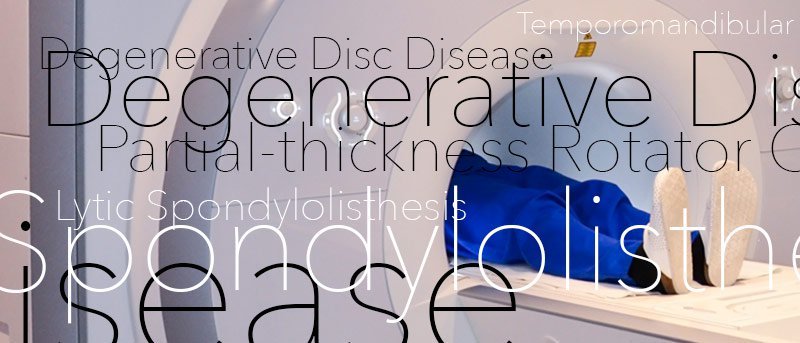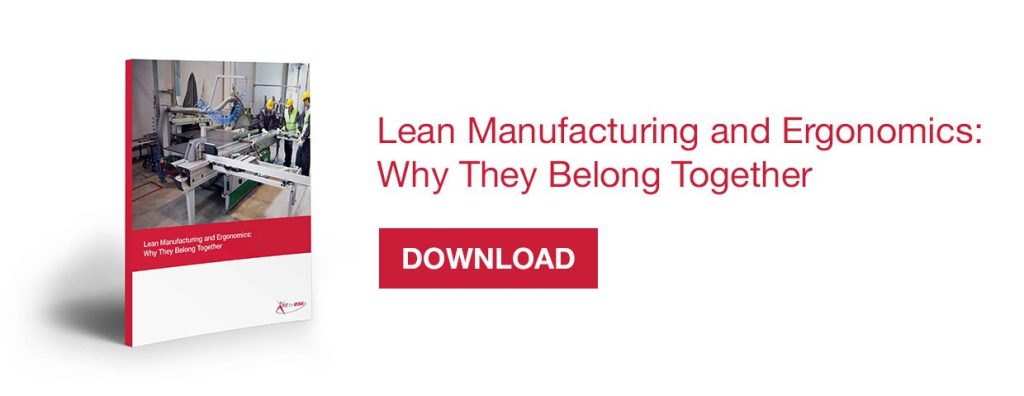Billions of dollars are spent each year on high-tech imaging of body parts via MRIs. As a result, millions of people are diagnosed with terms that often sound downright scary . Things like Degenerative Disc Disease, Partial-thickness Rotator Cuff Tear, or Lytic Spondylolisthesis. Too often we use our knowledge as health care providers to explain these conditions, not considering the impact on the patient. We don’t realize we instill a tremendous amount of fear in people when we reveal that a Lytic Spondylolisthesis is actually a fractured spine (hint: many painless people have these). But these imaging techniques show what is actually wrong and are a good way to identify the source of pain right? Well, not always. Many of these issues are incredibly common and often there is no pain associated with them. At age 60, 96% of people have shoulder abnormalities. Over half of 30 year-olds have Disc Degeneration or Disc Bulges. And by age 70, 100% of the population has the dreaded Degenerative Disc Disease. Depression is actually a more accurate predictor of having back pain than MRI findings. Having some wear and tear on our bodies (inside and out) is expected and normal. But we have to stop thinking that just because we have pain, an MRI will show the issue. We may have age-appropriate findings without any source of pain. Wrinkles on our face don’t cause pain. Many of these issues can be seen as simply “wrinkles on the inside” of our bodies—signs of aging which have little or no impact on our daily lives. So the next time you have back pain, realize that 90% of us have that same pain. Statistically speaking, there is a good chance the costly imaging technique will show something. If you prevent the injury, you will never have to need an MRI. This will also a save the injured worker from the significant and very real risk of harm from unnecessary medical procedures that MRIs often lead to.
Wrinkles on the Inside





